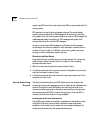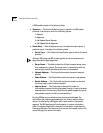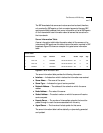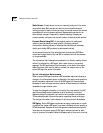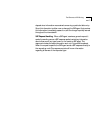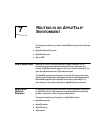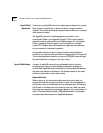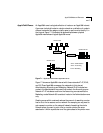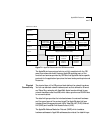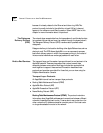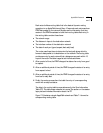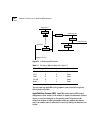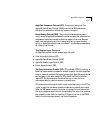
7-2 CHAPTER 7: ROUTING IN AN APPLETALK® ENVIRONMENT
AppleTalk®
Networks
A network in an AppleTalk internet is a cable segment attached to a router.
Each network is identified by a network number or range of network
numbers. The network administrator assigns these numbers from a range of
valid network numbers.
Two AppleTalk network numbering systems are currently in use:
nonextended (Phase 1) and extended (Phase 2). 3Com routers support
extended network numbers. While the LANplex system will not translate
Phase 1 packets to Phase 2 packets, it will route packets to a Phase 1
network. The LANplex system anticipates that a gateway exists between
the two networks to translate the packets.
An extended network can span a range of logical networks. Network
numbers in an extended network consist of a range, such as 15 through 20.
This numbering scheme allows for as many as 16,580,608 nodes, although
the actual cables will not support this many nodes.
AppleTalk® Nodes A node in a AppleTalk network is any addressable device, including
workstations, printers, and routers. Nodes are physically attached to a
network. Each AppleTalk node is identified by a unique AppleTalk address
that each node selects at initialization. The address consists of the node’s
network number and a unique node number.
Named Entities
When a device on the network provides a service for other users, the
network administrator can give the device a name. The name appears on
the Chooser menu of the Macintosh with an associated icon. For example,
the Chooser of the Macintosh can include a printer icon. When you select
the printer icon, several printer names can appear in a list, such as Laser1, or
Laser 2. The Name Binding Protocol (NBP), described later in this chapter,
translates these device names into AppleTalk addresses.



